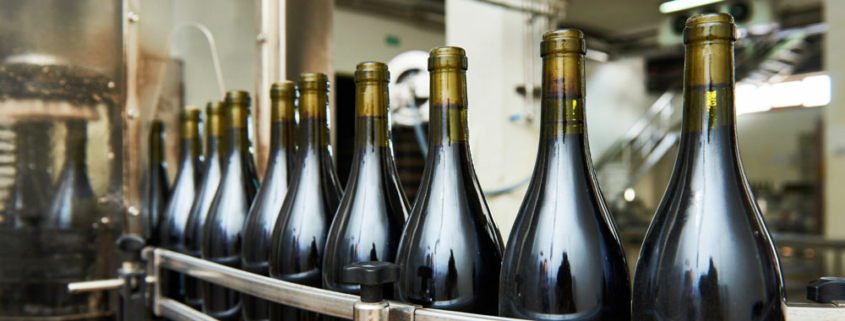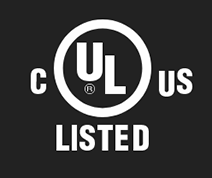How Does Nitrogen Help Preserve Bottles Of Wine?
Wine-making is a centuries-old process that has evolved with modern innovations to improve the quality of the wine. Wine is sensitive to bacterial contamination, which can negatively impact the wine’s color, flavor, and quality. Chemical oxidation can take a similar toll on wine.
Nitrogen gas can help preserve wine by protecting it from oxidation. Whether you’re a winemaker or simply interested in how exposure to oxygen can affect wine, here’s what you need to know about using nitrogen as a wine preserver.
How a Wine Nitrogen Injector Can Improve Wine Quality
Nitrogen gas is a colorless, odorless gas that does not impact wine’s color or flavor. While nitrogen isn’t involved in traditional wine-making, it is used in modern industrial wine distilleries. It can be used for sparging, flushing, and blanketing wine.
Flushing
During the wine-making process, wine is moved through a series of vats and hoses from one fermentation stage to another. The more the wine is moved, the more oxygen it is exposed to. To prevent this exposure, the vats and hoses are flushed with nitrogen gas to eliminate oxygen and minimize the wine’s exposure.
Blanketing
The wine bottles are filled with nitrogen gas before and after being filled with wine. This displaces the oxygen.
Sparging
Wine can absorb oxygen through the various stages of fermentation. Just as oxygen impacts wine in the hoses and vats, it can also impact wine when absorbed directly into the liquid. To prevent this from happening, the wine is sparged with nitrogen gas, which means that nitrogen is bubbled through the wine to help the wine release oxygen.
When sparging with white wine, combining carbon dioxide and nitrogen is best. When sparging red wine, it’s acceptable to sparge with nitrogen alone.
Either way, sparging with nitrogen is a cost-effective and efficient way to prevent oxidation. Nitrogen has many benefits, including its low cost and its easy availability. Using a nitrogen generator for wine is one way to sparge wine inexpensively, as nitrogen generators produce a limitless and inexpensive nitrogen source.
How to Get Nitrogen Gas for Wine Production
Wine producers can get nitrogen from portable cylinders and nitrogen generators. Portable cylinders seem a natural choice because they have no high up-front costs. However, for any business with an ongoing need for nitrogen, cylinders have a variety of disadvantages.
Namely, nitrogen cylinders represent an ongoing cost that can add up over time. In addition, cylinders can take up a lot of space in a warehouse and, at times, may take up more space than at other times. Finding space for nitrogen cylinders can be a challenge. In addition, nitrogen cylinders can experience supply chain problems. At times, finding enough cylinders to continue production can be a challenge.
The alternative to nitrogen cylinders is a nitrogen generator. Nitrogen generators are preferable for businesses with an ongoing need for nitrogen. Compared to cylinders, nitrogen generators represent a higher upfront cost, but a lower one spread out over time. Once the purchase has been made, running and maintaining a generator costs relatively low.
In addition, generators can produce limitless and reliable amounts of nitrogen. Generators often take up less space than cylinders and never encounter the same supply chain problems that cylinders experience. Nitrogen generators are even more eco-friendly than cylinders because cylinders rely on fossil fuel-burning vehicles for transportation.
Need a Nitrogen Generator? On Site Gas Can Help
On Site Gas produces durable nitrogen generators. For more information about obtaining a nitrogen generator for your industrial wine facility, contact On Site Gas for a quote. We offer reputable gas generators for food and beverage preservation businesses, healthcare settings, and more.







Leave a Reply
Want to join the discussion?Feel free to contribute!